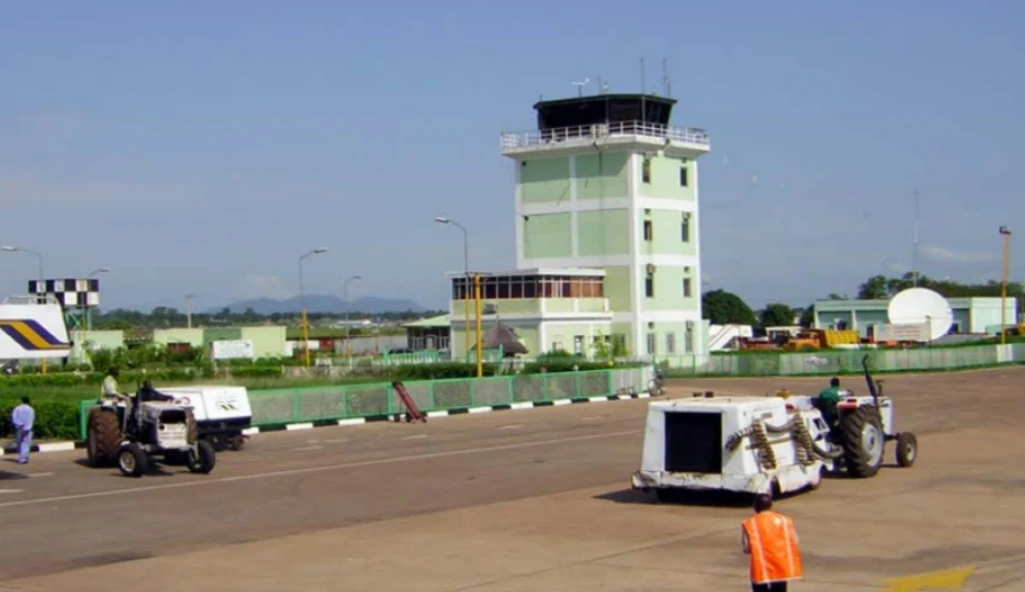
The Ministry of Water Resources and Irrigation says South Sudan needs more than 2,000 metrological and hydrological stations for accurate and timely weather information.
Minister Pal Mai Deng said inadequate stations are among the challenges facing the country in climate adaptation.
“We need more than 1,500 meteorological and 500 hydrological additional stations to get up-to-date hydroclimate information for our country, which spreads over 644,370 square kilometers,” Mai said at the opening of the 67th Greater Horn of Africa Climate Outlook Forum in Juba.
“There are only eight operational hydrometeorological stations in South Sudan, of which seven are automatic stations. Out of four river basins we have in the country, only the Bahr El Jebel basin has monitoring gauges, while the rest of the other three basins are ungauged.”
Hydrometeorological stations are monitoring systems used to monitor weather conditions and water resource management, such as rainfall, for early warning systems.
Currently, it’s only the Bahr El Jebel basin that has a few of these stations, according to the government.
Mai revealed that some partners have already started working with the government to help improve the hydrometeorological sector of South Sudan.
The World Meteorological Organization is conducting a capacity-need assessment and designing a road map to improve hydrometeorological services.
“Without the modernization of hydrometeorological infrastructure, it is impossible to provide effective and operational flood and drought early warning systems. In addition to hydrometeorological services, long-term climate data are essential for designing all development infrastructure, from water supply to flood protection structures, roads, irrigation, and other building infrastructure. Overall, each development investment is heavily dependent on climate service,” he said.
In March of this year, the government, in partnership with the Nile Basin Initiative (NBI), launched five hydrological monitoring stations.
The five stations were installed in Nimule, Mangalla, Aswa, Anakadr, and Juba to improve data availability and enhance information exchange for transboundary cooperation in water resources management within the Nile River Basin.
“I urge all our partners and fellow IGAD countries to prioritize the modernization of hydrometeorological infrastructure and the provision of effective climate services,” Mai urged during the opening of the forum.
The IGAD climate prediction and application center recently kicked off a two-day 67th forum in Juba to address climate-related challenges in the greater horn of Africa.
The regional forum will release a weather forecast for June to September on its final day of discussion.